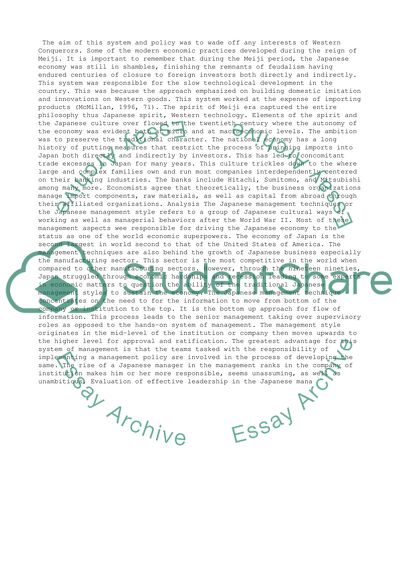Cite this document
(“Management Research paper Essay Example | Topics and Well Written Essays - 1250 words”, n.d.)
Management Research paper Essay Example | Topics and Well Written Essays - 1250 words. Retrieved from https://studentshare.org/business/1493208-management-research-paper
Management Research paper Essay Example | Topics and Well Written Essays - 1250 words. Retrieved from https://studentshare.org/business/1493208-management-research-paper
(Management Research Paper Essay Example | Topics and Well Written Essays - 1250 Words)
Management Research Paper Essay Example | Topics and Well Written Essays - 1250 Words. https://studentshare.org/business/1493208-management-research-paper.
Management Research Paper Essay Example | Topics and Well Written Essays - 1250 Words. https://studentshare.org/business/1493208-management-research-paper.
“Management Research Paper Essay Example | Topics and Well Written Essays - 1250 Words”, n.d. https://studentshare.org/business/1493208-management-research-paper.


